How to Successfully Grow Gerbera Daisy from Seed: A Step-by-Step Guide
Gerbera daisies are popular for gardeners due to their bright and cheerful blooms. While they can be purchased as established plants, growing gerbera daisies from seed is a rewarding and cost-effective option. You can watch your seeds grow into beautiful flowers with the right conditions and care.
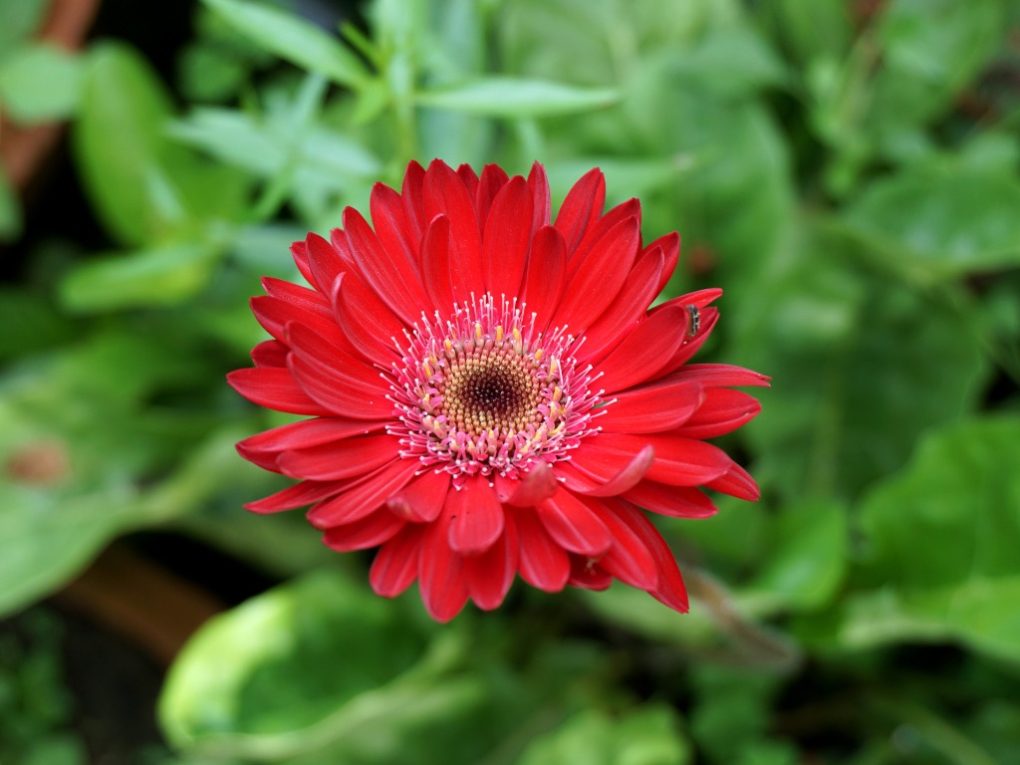
Before planting gerbera daisy seeds, preparing the soil and choosing a suitable location is important. Gerbera daisies prefer well-draining soil and full sun, choose a spot that receives minimum. of six hours of sunlight daily. Additionally, the soil should have a pH level between 6.0 and 6.5 and be rich in nutrients.
After preparing the soil, it’s time to plant the Gerbera daisy seeds. Use a light seed starting mix or a mixture of peat moss, perlite, and vermiculite. Place the seeds on top of the soil and gently cover them with a thin layer of soil. Keep the soil moist, but avoid overwatering. Germination usually takes about two to four weeks.
Table of Contents
Choosing Gerbera Daisy Seeds
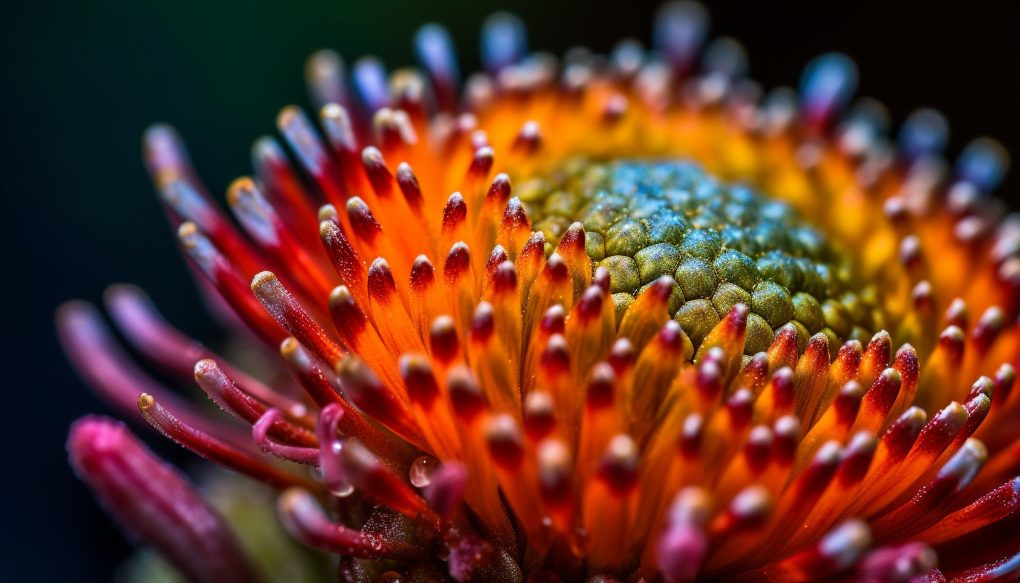
Growing gerbera daisies from seed can be a rewarding experience for gardeners. Here are some tips on choosing the right seeds for your garden.
Purchasing Seeds
When purchasing gerbera daisy seeds, it is important to choose a reputable supplier. Look for a supplier that offers a wide variety of seeds and has a good reputation for quality. Make sure to read the seed packet carefully to ensure that you are getting the variety of gerbera daisies that you want.
It is also important to consider the climate in your area when choosing gerbera daisy seeds. Some varieties of gerbera daisies are better suited for cooler climates, while others are better suited for warmer climates. Make sure to choose a variety that is well-suited to the climate in your area to ensure the best chance of success.
Harvesting Seeds from Existing Plants
If you already have gerbera daisies growing in your garden, you can harvest the seeds from the flowers to grow new plants. To do this, wait until the flowers have wilted and the petals have fallen off. You will see a small, round seed head in the center of the flower.
Use scissors to cut off the seed head and place it in a paper bag. Label the bag with the date and the variety of the gerbera daisy. Store the bag in a cool, dry place for several weeks to allow the seeds to dry.
Once the seeds are dried, you can plant them in trays or pots filled with a light seed starting medium. Follow the instructions on the seed packet for planting and care to ensure the best chance of success.
Preparing for Planting
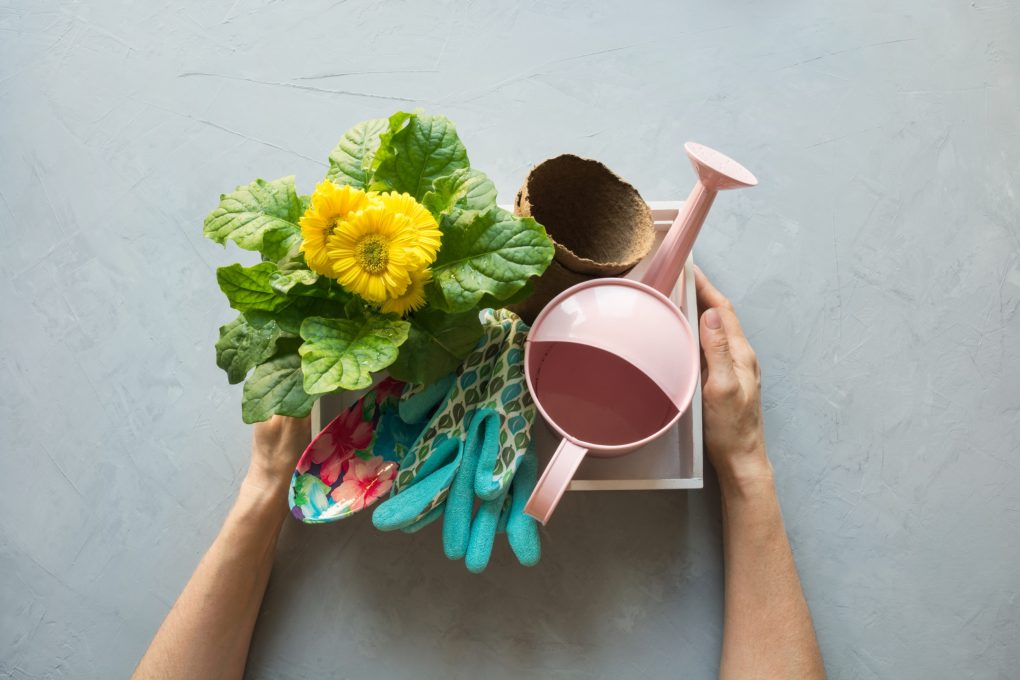
Before planting gerbera daisy seeds, it’s important to prepare properly. This section covers two important steps in planting preparation: seed stratification and scarification.
Seed Stratification
Gerbera daisy seeds require stratification, which exposes seeds to a cold period to break their dormancy. This mimics the natural process in the wild, where seeds would be exposed to winter temperatures before germinating in the spring.
To stratify gerbera daisy seeds, follow these steps:
1. Place the seeds in a sealed plastic bag with a damp paper towel.
2. Store the bag in the refrigerator for 4-6 weeks.
3. Be sure to check the seeds periodically to ensure the paper towel remains damp.
4. When the stratification period is over, remove the seeds from the refrigerator and allow them to come to room temperature before planting them.
Seed Scarification
Gerbera daisy seeds also benefit from scarification, breaking down the seed coat to allow water and air to penetrate more easily. This can be done by mechanically nicking or scratching the seed coat or soaking the seeds in water or a weak acid solution.
To scarify gerbera daisy seeds, follow these steps:
1. Soak the seeds in water for 24 hours to soften the seed coat.
2. Gently rub the seeds with sandpaper or a nail file to scratch the seed coat.
3. Rinse the seeds thoroughly to remove any debris.
4. Plant the seeds immediately after scarification.
Planting Gerbera Daisy Seeds
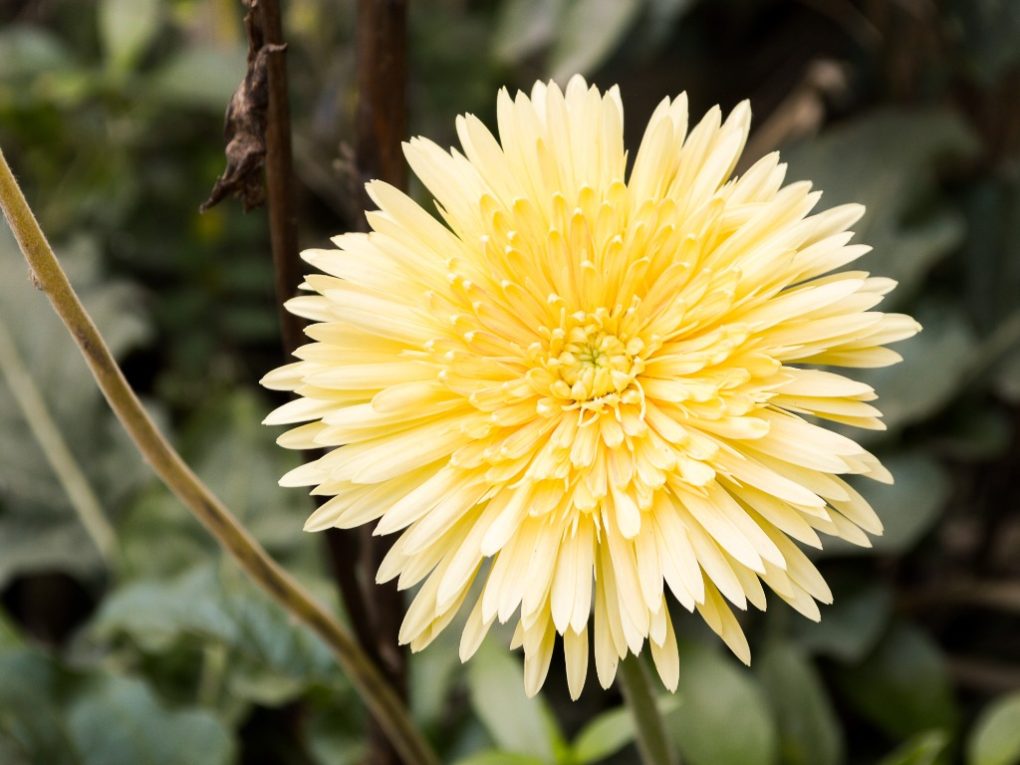
Gerbera daisies are a beautiful addition to any garden, and growing them from seed can be a rewarding experience. Here are steps to help you plant and grow gerbera daisy seeds successfully.
Soil Preparation
The first step in planting gerbera daisy seeds is to prepare the soil. Gerbera daisies prefer well-draining soil that is rich in organic matter. Here are some tips for preparing the soil:
● Find a location with full to partial sun exposure.
● Ensure that the planting area is weed-free and debris-free.
● Loosen the soil to a depth of at least 6 inches.
● Add compost or other organic matter to the soil to improve its fertility and water-holding capacity.
Sowing Seeds
Once the soil is prepared, it’s time to sow the gerbera daisy seeds. Here are some tips for sowing seeds:
● Fill a seed tray or small pots with a light seed starting mix.
● Dampen the soil with water.
● Use a toothpick to poke a small hole in the soil.
● Place one or two seeds in each hole and cover with soil.
● Water the soil gently to ensure that the seeds are moist.
● Retain moisture by covering seed trays and pots with plastic wrap or a lid.
● Place the seed tray or pots in a warm, sunny spot (70-75 degrees Fahrenheit is ideal).
● Germination should occur within two to four weeks.
With proper care and attention, your gerbera daisy seeds should grow into healthy plants that will provide you with beautiful blooms for years.
Caring for Gerbera Daisy Seedlings
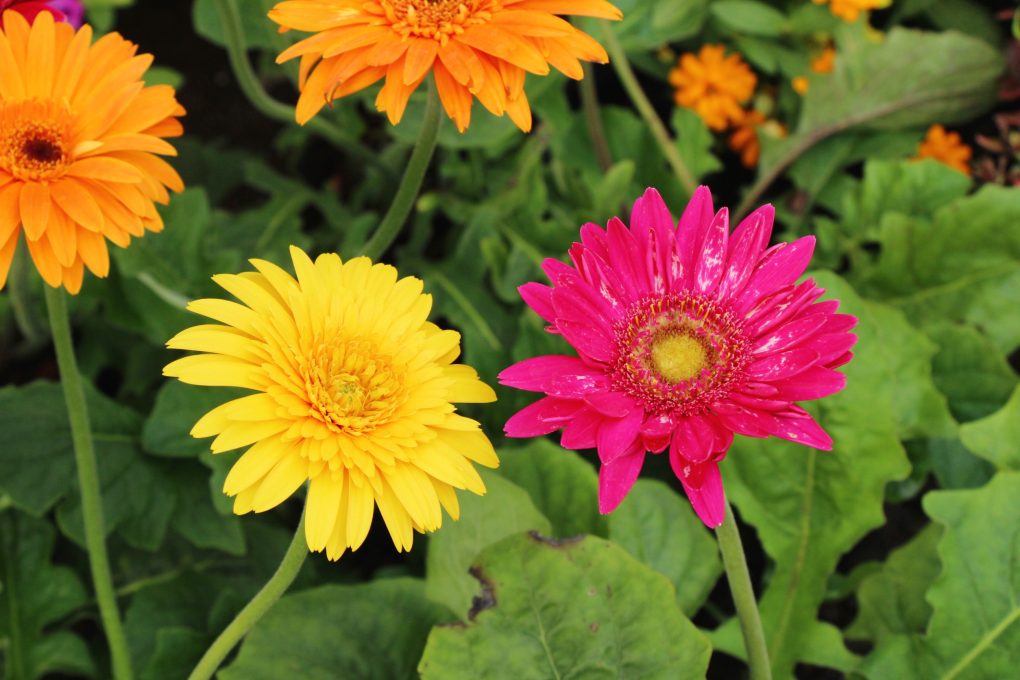
Once your gerbera daisy seeds have germinated and started to grow, it’s important to take good care of the seedlings to ensure they develop into healthy plants. Below are some tips on how to care for gerbera daisy seedlings.
Watering
Gerbera daisy seedlings must be watered regularly to keep the soil moist but not waterlogged. Water the seedlings thoroughly, making sure to avoid getting water on the blooms or leaves as this can lead to rot. Maintain evenly moist soil by watering the plants once a week as they grow.
Fertilizing
To ensure the strong and healthy growth of Gerbera daisy seedlings, it’s important to regularly fertilize them. For healthy plant growth, use fertilizer containing equal amounts of nitrogen, phosphorus, and potassium. Apply it every two weeks during the growing season, while strictly adhering to the instructions on the fertilizer label to prevent over-fertilization, which can cause harm to the plants.
Lighting and Temperature
Gerbera daisy seedlings need plenty of bright, indirect light to grow properly. Place them in a sunny spot, but avoid direct sunlight, which can burn the leaves. The ideal temperature range for gerbera daisy seedlings is between 70 and 75 degrees Fahrenheit. Keep them in a warm, sunny spot, and protect them from drafts and cold temperatures.
Transplanting Seedlings
Transplant your gerbera daisy seedlings into larger containers or into the garden once they have grown to about 2 inches tall. Choose a container or spot in the garden with well-draining soil and plenty of sunlight. Gently remove the seedlings from their original container, carefully not to damage the roots, and transplant them into the new container or garden spot. Water the seedlings well after transplanting, and continue to care for them as outlined above.
Troubleshooting
Pests and Diseases
Gerbera daisies are generally hardy plants but can still fall victim to pests and diseases. Some issues to look out for include:
● Aphids: These small insects can be found on the underside of leaves and cause the plant to wilt and become discolored. Use an insecticidal soap to get rid of them.
● Spider mites: They can cause leaves to turn yellow and develop stippling. You can control them with neem oil or insecticidal soap.
● Fungal diseases: Gerbera daisies are prone to fungal diseases such as powdery mildew and botrytis. Keep the plants well-ventilated and avoid getting water on the leaves to prevent these diseases from taking hold.
Germination Failure
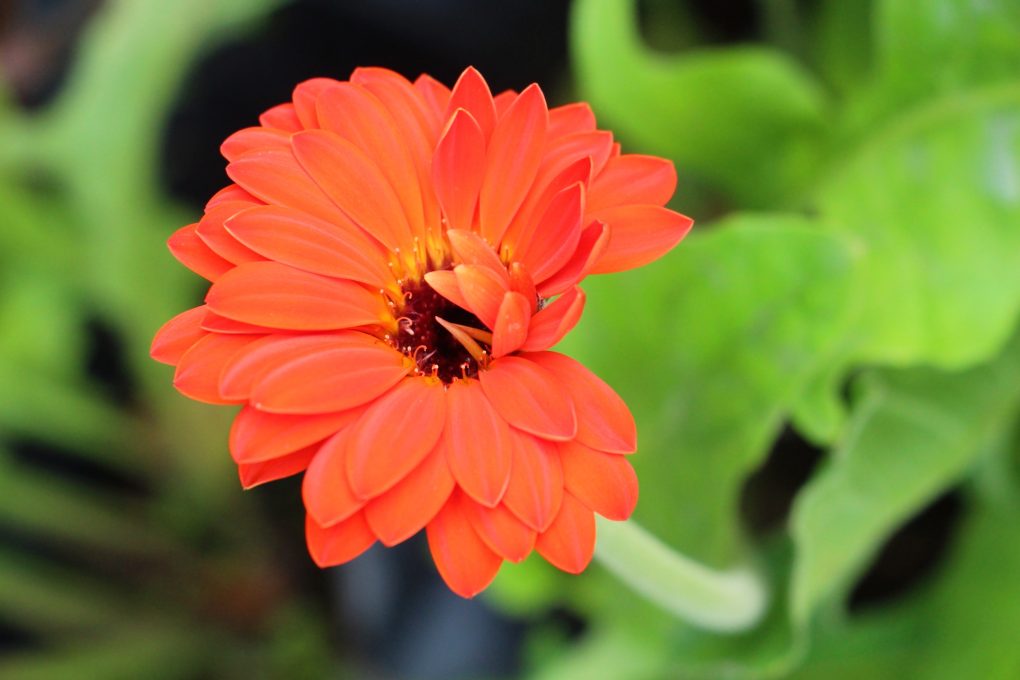
If your gerbera daisy seeds fail to germinate, there are a few things you can do to troubleshoot the issue:
● Check the temperature: Gerbera daisies prefer warm soil temperatures of around 70-75°F (21-24°C) for germination. If the soil is too cold, the seeds may not sprout.
● Check the moisture: Gerbera daisy seeds must be kept moist to germinate. If the soil is too dry, the seeds may not sprout. In contrast, seeds rotting in wet soil may prevent them from germinating.
● Check the seed quality: If your seeds are old or have been stored improperly, they may not germinate. Make sure you are using fresh, high-quality seeds.
Conclusion
Growing gerbera daisies from seed can be a rewarding experience for gardeners. With the right care and attention, these beautiful flowers can bloom for months, adding color to any garden or indoor space.
Starting gerbera seeds indoors or in a greenhouse is the best way to ensure successful germination. Using a light seed starting medium and keeping the soil moist will help the seeds sprout and grow into healthy seedlings. After all danger of frost has passed, transplanting the seedlings outdoors will allow them to thrive in their new environment.
Once established, gerbera daisies require regular watering, well-draining soil, and plenty of sunlight. Fertilizing with a balanced fertilizer every two weeks will help promote healthy growth and more blooms. Deadheading spent flowers also encourages new growth and prolongs the blooming period.
Take action promptly if you discover common pests and diseases, such as spider mites and powdery mildew. Regular maintenance, such as removing yellowing or damaged leaves, will also help keep the plants healthy and looking their best.
